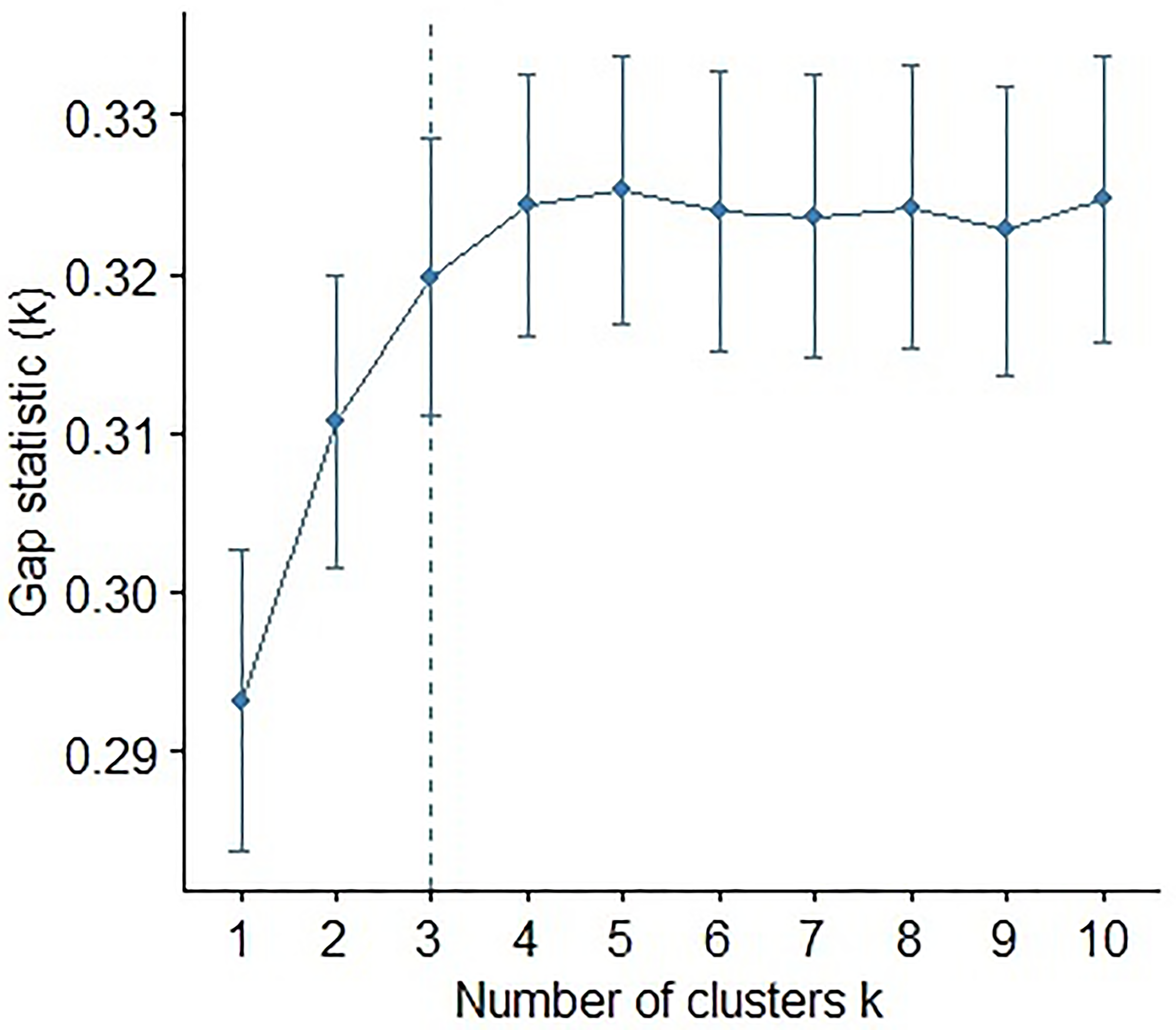Oncotarget published "Identification of miR-203a, mir-10a, and miR-194 as predictors for risk of lymphovascular invasion in head and neck cancers" which reported that to identify important microRNAs in HNSC that associate with and are also predictive of increased risk of LVI, the authors used a combination of clustering algorithms, multiple regression analyses and machine learning approaches and analyzed miRNA expression profiles in the TCGA HNSC database.
As the first step, they identified miRNAs with increased association with LVI as a binary variable.
In order to determine whether the identified miRNAs would show functional clusters that are also indicative of increased risk for LVI, we carried out unsupervised as well as supervised clustering. Their results identified distinct clusters of miRNAs that are predictive of increased LVI.
They further refined these findings using a Random forest approach, and miR-203a-3p, mir-10a-5p, and miR-194-5p to be most strongly associated with LVI.
Specific association was also identified between the miRNAs associated with LVI and expression of several lymphangiogenic genes that could be critical for determination of therapeutic strategies.
Dr. Sanjukta Chakraborty from The Texas A&M Health Science Center said, "Recurrent or metastatic head and neck cancer (HNSC) that includes tumors of oral cavity, paranasal sinuses, nasal cavity, pharynx, and larynx is associated with poor patient outcome, tumor aggressiveness and is characterized by early metastasis to the regional lymph nodes."
"Recurrent or metastatic head and neck cancer (HNSC) that includes tumors of oral cavity, paranasal sinuses, nasal cavity, pharynx, and larynx is associated with poor patient outcome, tumor aggressiveness and is characterized by early metastasis to the regional lymph nodes."
Recurrent or metastatic head and neck cancer that includes tumors of oral cavity, paranasal sinuses, nasal cavity, pharynx, and larynx is associated with poor patient outcome, tumor aggressiveness and is characterized by early metastasis to the regional lymph nodes.
LVI of tumor cells is a prerequisite for the dissemination via the lymphatic or blood vascular system and increased lymphatic vessel density near tumor cells are more likely to promote tumor spread to lymph nodes and to distant sites.
LVI is a histopathological feature established as an independent predictor of poor prognosis and lymph node metastasis in several solid tumors.
Several studies have identified various miRNAs to be dysregulated in HNSC, and are shown to be involved in regulation of various molecular pathways and cellular processes that contribute to tumor progression and metastasis in HNSC.

Figure 9: Plot of the gap statistic against the number of clusters in an unsupervised k-means clustering of the miRNAs. Bars at every point represent the +/– 1 standard error of the gap statistic.
Further, since miRNAs target several groups of genes during cancer progression, identification of miRNA clusters that are closely predictive or associated with LVI maybe more clinically relevant than identifying single miRNA as they would provide critical information about specific pathways that are dysregulated during progression of LVI and subsequent metastasis.
The Chakraborty Research Team concluded in their Oncotarget Research Output, "our results showed that specific miRNA clusters significantly associate with LVI. The identified miRNA clusters regulate multiple biological pathways that are involved in progression of LNM and could be potential predictors of metastatic disease. In addition, RF analysis revealed three miRNAs hsa-miR-203a-3p, hsa-mir-10a-5p, hsa-miR-194-5p to be most strongly associated with LVI and can be used as important prognostic indicators. Further, we also find that each of these miRNAs have association with significant molecular pathways as cell proliferation, metabolism and lymphangiogenesis that further promotes tumor progression. In addition, all of the identified miRNAs are associated with metabolic pathways as well as immune cell responses that define alterations in a metastatic lymph node so it also potentiates development of specific targeted interventions to these pathways that may distinguish a metastatic from a naïve lymph node. Different miRNAs regulate different aspects of metastatic progression and identification of specific miRNA linked with LVI, lymphangiogenesis and subsequent nodal metastasis may help in identification of patients at early stages of disease progression. Specific miRNA agonists (mimics) or antagonists (inhibitors) can be evaluated further in pre-clinical trials to evaluate their efficacy in inhibition of HNSCC progression when detected in earlier stages. Further studies are warranted to determine the functional relevance of these findings and evaluate the downstream targets in tumor models of HNSCC metastasis."
DOI - https://doi.org/10.18632/oncotarget.28022
Full text - https://www.oncotarget.com/article/28022/text/
Correspondence to - Sanjukta Chakraborty - [email protected]
Keywords - miRNA, supervised clustering, random forest, TCGA, head neck cancer
About Oncotarget
Oncotarget is a bi-weekly, peer-reviewed, open access biomedical journal covering research on all aspects of oncology.
To learn more about Oncotarget, please visit https://www.oncotarget.com or connect with:
SoundCloud - https://soundcloud.com/oncotarget
Facebook - https://www.facebook.com/Oncotarget/
Twitter - https://twitter.com/oncotarget
LinkedIn - https://www.linkedin.com/company/oncotarget
Pinterest - https://www.pinterest.com/oncotarget/
Reddit - https://www.reddit.com/user/Oncotarget/
Oncotarget is published by Impact Journals, LLC please visit https://www.ImpactJournals.com or connect with @ImpactJrnls
Media Contact
[email protected]
18009220957x105



